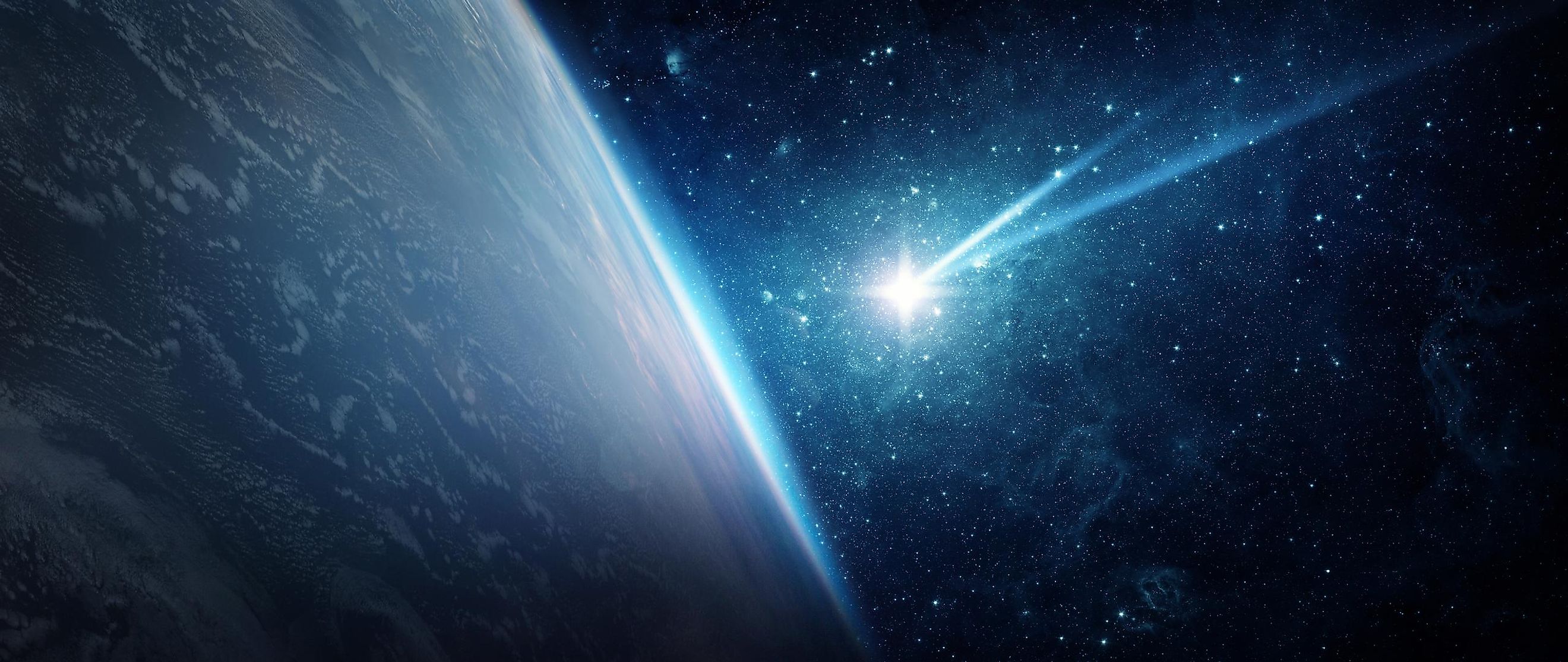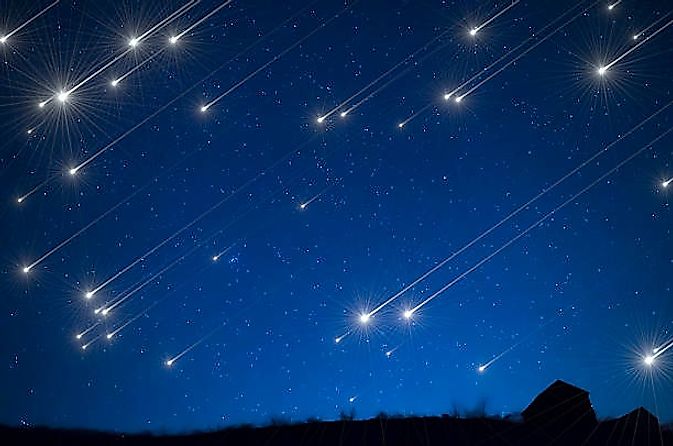
What Is A Meteor Shower?
At certain points of the year, we are graced by a meteor shower. If you happen to be in an area with no light pollution during a meteor shower, you can potentially see hundreds of shooting stars over the course of a single night. Meteor showers are among the most stunning astronomical events we can observe here on Earth, yet what exactly are they?
How Meteor Showers Form

Meteor showers begin as groups of meteors that happen to be located within Earth’s orbit. As the Earth passes through a group of meteors, they rain down through the Earth’s atmosphere as a meteor shower. Fortunately, meteors are small enough that they burn up in our atmosphere and rarely ever reach the surface, posing little to no threat to things on Earth. How exactly do groups of meteors end up in Earth’s orbital path? Groups of meteors are believed to form from the interaction of Earth’s gravity with comets that pass near our world. Comets can be thought of as “dirty snowballs” because they are composed mostly of ice, rock, and dust. As a comet enters the inner solar system and moves towards the sun, heat from the sun causes ice on a comet’s surface to melt. As the comet moves through space, the melting ice begins to fall behind the comet, forming a vast tail that makes comets so obvious in the night sky. For comets that pass very close to the Earth, the gravity of our planet will capture some of the debris falling off the comet. Thus, meteor showers are actually the debris from comets that were captured by Earth’s gravity.
How Many Meteor Showers Are There?
Meteor showers are a consistent event every year. Astronomers estimate there are around 900 meteor showers, with 100 of them being consistent and well understood. Some meteor showers are fairly small and are often overlooked, yet there are a few that are so intense that they have become quite famous. The two most famous meteor showers are the Persieds and the Leonids. The Persieds peak every year on August 12, and they average at one meteor every minute. The Leonid meteor shower peaks every year on November 17, with a rate similar to the Persieds. However, an interesting fact about the Leonids is that, every 33 years, it produces what’s called a meteor storm, wherein thousands of meteors can be visible every hour. If you are wanting to see a meteor shower, the two described above will be visible this year, and if you happen to miss them, there’s always nex year.











